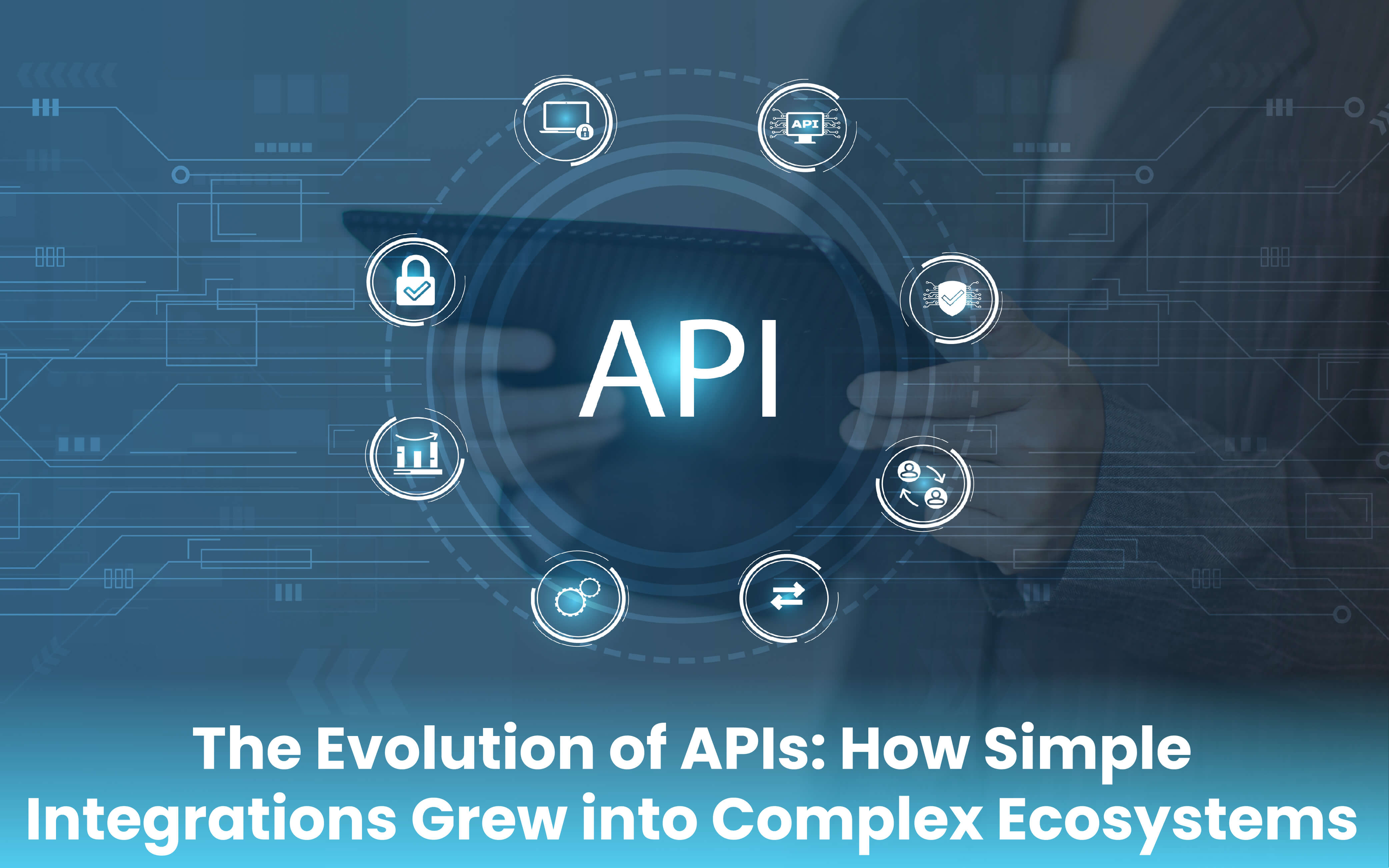Blogs
To know about all things Digitisation and Innovation read our blogs here.
Data Migration
Identifying Data Migration Requirements for Data Analytics
SID Global Solutions
27 December 2022

Introduction
Data migration is an important part of any data analytics project. It involves transferring data from one system to another, often from an existing source to a new destination. It’s a complex process that requires careful planning and meticulous execution. To ensure a successful data migration, it’s crucial to identify the data migration requirements for data analytics.
Data Migration Requirements for Data Analytics
Before beginning a data migration project, it’s important to assess the data requirements for data analytics. This includes understanding the types of data that need to be migrated and determining the tools, processes, and resources required to complete the migration. This includes a thorough assessment of the source and destination systems and their capabilities, as well as an understanding of the data formats and data types needed. It’s also important to understand the data migration processes and the data security requirements.
Once the data requirements are identified, it’s important to determine the best way to migrate the data. This includes determining the most efficient way to move the data, such as using a direct data migration or an indirect data migration. Direct data migration involves moving the data from the source to the destination without any modifications. Indirect data migration involves making modifications to the data before it is moved. This can include transforming the data or aggregating it into a different format.
Once the data migration method is determined, it’s important to identify the best data migration tools and processes for the project. This includes the data mapping tools and applications that are used to transfer the data from the source to the destination. It also includes the data cleansing and validation processes that must be completed to ensure that the data is accurate and up to date.
Finally, it’s important to identify the data migration requirements for data analytics. This includes understanding the data analytics tools and techniques required to successfully complete the data migration. This includes understanding the types of data that need to be analyzed and the data visualizations that are needed to gain insight into the data. It also includes understanding the data governance and compliance requirements that must be met in order to ensure that the data is secure and protected.
Conclusion
Identifying the data migration requirements for data analytics is an essential part of any data analytics project. By taking the time to fully assess the data requirements and determine the best data migration method and tools, organizations can ensure that their data is safely and securely migrated from one system to another. This will help ensure that organizations can get the most out of their data analytics projects and maximize the value of their data.









